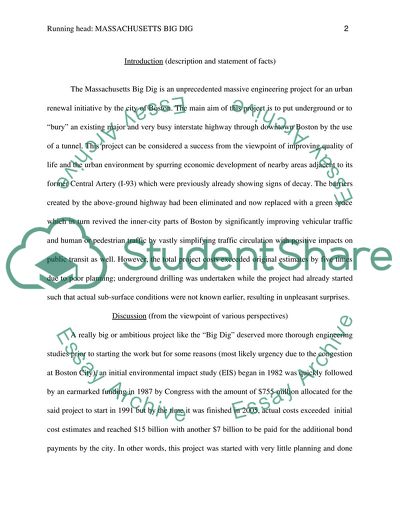Cite this document
(Big Dig - an Unprecedented Massive Engineering Project of Boston Term Paper, n.d.)
Big Dig - an Unprecedented Massive Engineering Project of Boston Term Paper. https://studentshare.org/engineering-and-construction/1828046-massachussets-big-dig-case
Big Dig - an Unprecedented Massive Engineering Project of Boston Term Paper. https://studentshare.org/engineering-and-construction/1828046-massachussets-big-dig-case
(Big Dig - an Unprecedented Massive Engineering Project of Boston Term Paper)
Big Dig - an Unprecedented Massive Engineering Project of Boston Term Paper. https://studentshare.org/engineering-and-construction/1828046-massachussets-big-dig-case.
Big Dig - an Unprecedented Massive Engineering Project of Boston Term Paper. https://studentshare.org/engineering-and-construction/1828046-massachussets-big-dig-case.
“Big Dig - an Unprecedented Massive Engineering Project of Boston Term Paper”. https://studentshare.org/engineering-and-construction/1828046-massachussets-big-dig-case.


